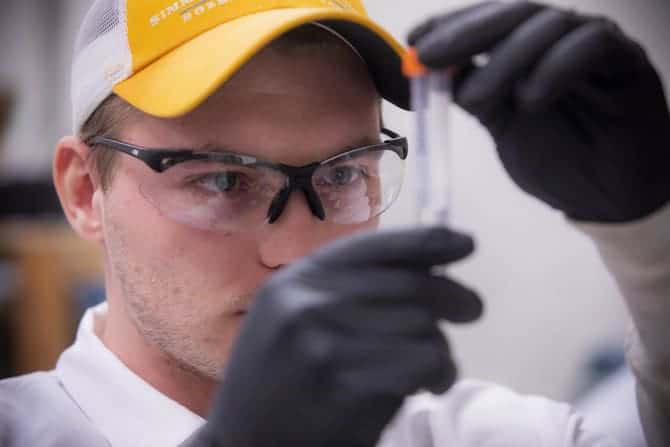Lab Safety Basics
Working in the laboratory without proper training is a serious violation of our department’s safety procedures. No work can be conducted until proof is supplied to the supervisor of the laboratory that the requisite safety training has been completed.
Before working in a laboratory you need to:
- Email the Laboratory Supervisor and notify them that you will be working in the laboratory. CC the Faculty Supervisor in your email. Describe:
- The type of work you will be doing, according to your understanding;
- The laboratories you expect to use;
- The period of time that you expect to be working in the laboratory.
- Go through the appropriate training. Appropriate training may vary depending on the actual work that you will perform in the laboratories This includes:
- At a minimum a general training;
- Training for specific hazards or safety procedures and requirements associated with the laboratory you will be working in. Information about this is provided by the Laboratory Supervisor;
- Additional specialized training for specific equipment.
When working in a laboratory, remember to remain safe. This includes remaining current on your training and following at all times the safety guidelines. In addition, always use your judgment and follow this simple rule “If you don’t think it’s safe, it probably isn’t.”

Occupational Safety and Environmental Health
Additional information about safety at the University of Michigan can be found in the Occupational Safety and Environmental Health website.